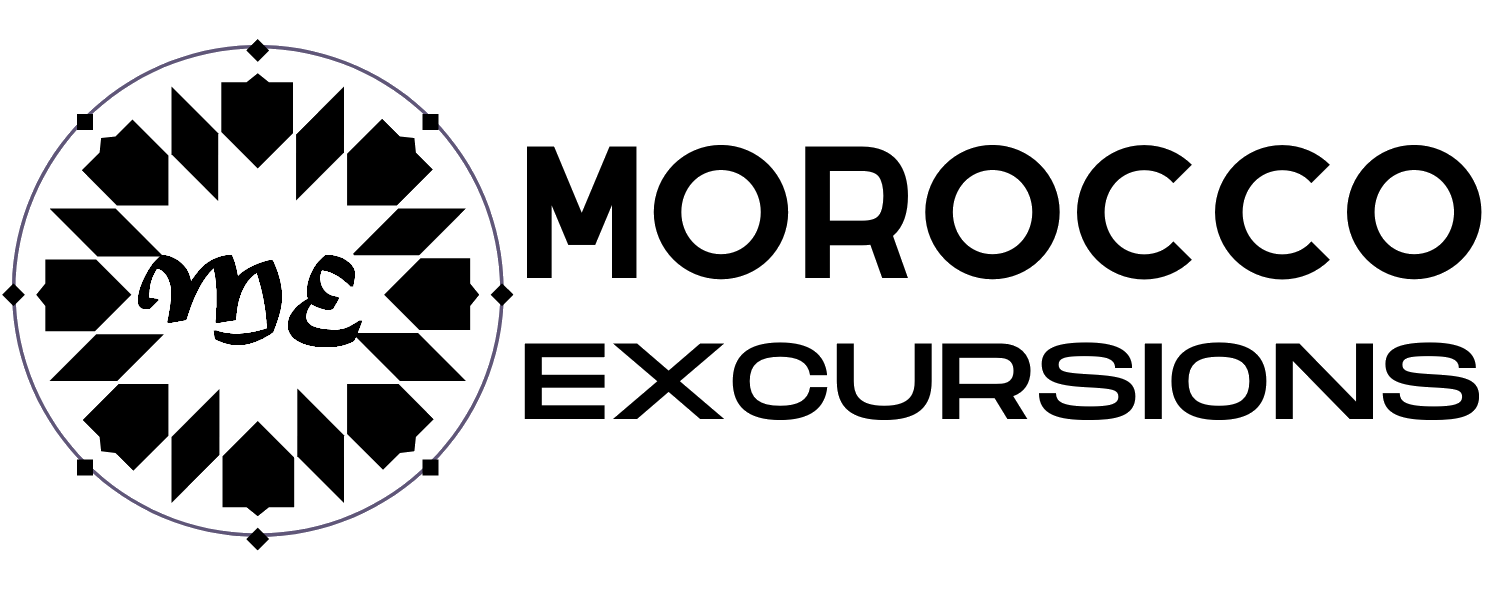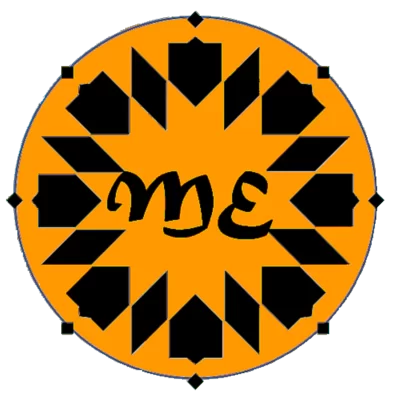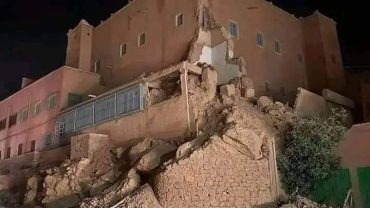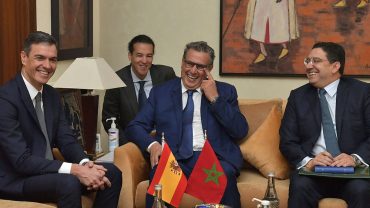A flag is not just a piece of cloth flapping in the wind; They are powerful symbols that represent a nation’s history, culture, and identity. The flag of Morocco with its bright red background and green pentagram wears a meaningful rich fabric in its folds that reflects the country’s past, present, and future aspirations. In this blog post, we explore the Moroccan flag in deep meaning.
The flag of Morocco has a dramatic juxtaposition of red and green. Deep red signifies courage, strength, and courage, qualities often attributed to Moroccans. The bold green pentagram in the center radiates harmony, peace, and harmony. This combination of colors and patterns incorporates Moroccan history and aspirations in one symbol.

The Development of the Moroccan Flag:
The origins of the Moroccan flag can be traced back to the 17th century, when the Alouit dynasty seized power. Historical records indicate that Moroccan rulers during this period used a red flag decorated with green stars. However, it was not until the rise of nationalist movements in the 20th century that the flag became truly popular. In 1915, the French and Spanish colonial positions in Morocco saw the flag change. Sultan Yusef ben Hassan introduced a distinctive green pentagram with a red background, adding depth to the symbolism of the flag. This reform affirmed the national identity and independence, and is a testament to the determination of the Moroccans to reclaim their heritage.
Cultural significance:
Beyond its historical significance, the Moroccan flag is a unifying force among the country’s diverse populations. Morocco is a land of many cultures, with influences from Arab, Amazigh (Berber), African and European civilizations. The flag functions as a common visual language, embodying the shared values and aspirations of this mosaic of cultures. The five-point pentagram is not only a geometric marvel but also symbolizes the five pillars of Islam. This subtle inclusion of the sacred symbol promotes tolerance and understanding while emphasizing the strong influence of Islam in Moroccan society.
The flag of Morocco in modern times:
As Morocco navigates the complexities of the modern world, its flag remains an active symbol. Proudly displayed at national holidays, diplomatic events, and cultural festivals, it embodies the spirit of Morocco. The flag has also had a resonance beyond geographical boundaries. For the Moroccan diaspora, it is a source of pride, a symbol of their connection to their roots, and a reminder of the country’s enduring strength.
The future of the Moroccan flag
The journey of the Moroccan flag has not been without its challenges. The flag, which stands as a symbol of Morocco’s pursuit of territorial unity in regional and global developments, especially in relation to the Western Sahara, signifies a commitment to defending the unity and sovereignty of the country. Looking ahead, the future of the Moroccan flag is linked to the country’s growth and development. It symbolizes the aspirations of people striving for socio-economic development, political stability and cultural preservation. The red and green symbols are a beacon guiding Morocco towards a future of unity and prosperity.
The highlight of the Moroccan flag displayed The Moroccan flag is not just a piece of cloth; It is a repository of history, culture, and identity. Its bold colors and stunning design tell the story of the country’s journey through time, reflecting the struggles and triumphs of its people. As Morocco continues to develop, the flag remains a constant, stable partner with the collective national spirit. A reminder that in a world of change, some symbols remain timeless, forever imprinted at the heart of the nation’s narrative.





Comment (0)